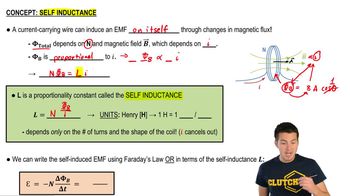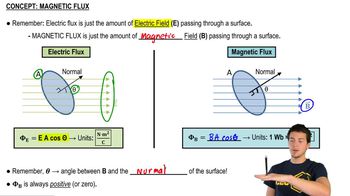An amateur radio operator wishes to build a receiver that can tune a range from 14.0 MHz to 15.0 MHz. A variable capacitor has a minimum capacitance of 95 pF.
(a) What is the required value of the inductance?
(b) What is the maximum capacitance used on the variable capacitor?






